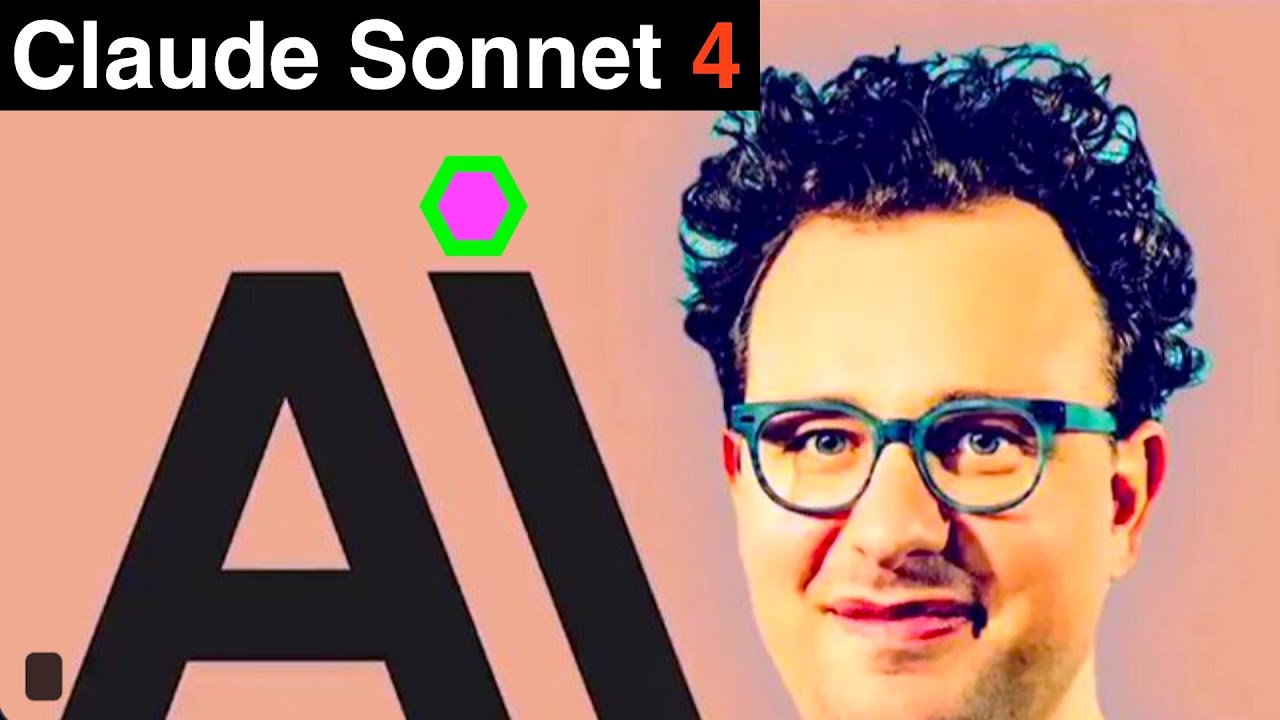The video highlights Claude 4 by Anthropic as a leading agentic AI model with advanced coding, reasoning, and long-term task management capabilities, making it highly effective for complex workflows. However, its high cost—about 20 times more expensive than competitors—raises concerns about accessibility and practical use for everyday developers.
The video discusses the recent release of Claude 4 by Anthropic, highlighting its significance as a leading agentic AI model, especially in coding and complex reasoning tasks. The presenter emphasizes that agentic AI is shaping the future of AI development and usage, with Claude 4 representing a major step forward. Available in its most powerful and expensive form through Cursor, Claude 4 introduces advanced capabilities such as extended thinking with tool use, improved memory, and parallel tool execution, making it highly suitable for long-running and intricate workflows.
Claude 4 is positioned as the best coding model currently available, outperforming previous versions like Claude 37 and competing with other models such as Google’s Gemini. It boasts high performance on benchmarks like Swebench and terminal tests, demonstrating sustained performance over extended periods, sometimes running tasks for hours at a time. The model’s ability to handle complex, long-term tasks is a key feature, with some early testers reportedly running tasks for up to seven hours, though at a very high cost due to the model’s expense.
The presentation compares Claude 4 to other models, noting its significant improvements in coding, reasoning, and memory capabilities. It highlights the model’s integration with various development tools, such as GitHub Actions and IDEs like VS Code and JetBrains, which facilitate seamless coding workflows. Despite these advancements, the high cost of using Claude 4—about 20 times more expensive than some competitors—raises questions about its accessibility and practical use for everyday developers, especially given the expense of running long tasks.
A major focus is on the model’s agentic features, including background agents that improve memory and task management without consuming excessive tokens. These agents can work in parallel, reducing the need for constant prompting and making the AI more efficient over time. The model also incorporates techniques like beam search to enhance accuracy and throughput, further pushing the boundaries of what AI can achieve in coding and reasoning tasks. The presenter notes that these improvements could lead to a shift in how developers and companies leverage AI for software engineering.
Finally, the video touches on broader industry insights, including leaks about early testing of Claude 4’s autonomous long-duration runs and comparisons with Google’s Gemini models. It discusses the ongoing race among AI giants to develop more powerful, efficient, and cost-effective models, with Google’s Gemini still lagging behind in performance and deployment readiness. The presenter invites viewers to share their opinions on Claude 4’s pricing, usability, and future features, emphasizing that while the model is impressive, its high cost remains a significant barrier for widespread adoption.
